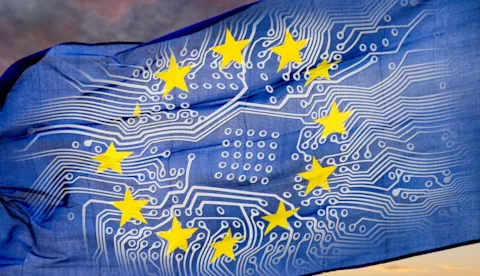Insights, resources, and advice on trustworthiness and compliance for AI designers and developers and organizations deploying or using AI systems.
As AI ushers in a new era of productivity and capabilities, it also poses new risks that must be managed in new ways. AI relies on data, which itself can change, leading to results which may be difficult to understand. AI is also ‘socio-technical’ and is affected by a complex and dynamic interplay of human behavioural and technical factors. DNV can help you develop the new risk approach that AI needs – both to ensure compliance with emerging regulations and to manage risks dynamically – to access the benefits of AI more rapidly, fully, and confidently.

Strategic research
The role of synthetic data in healthcare

Strategic research
Taking AI and digital technologies from hype to real value





Group
Building trust in AI


Group
Beyond words?


